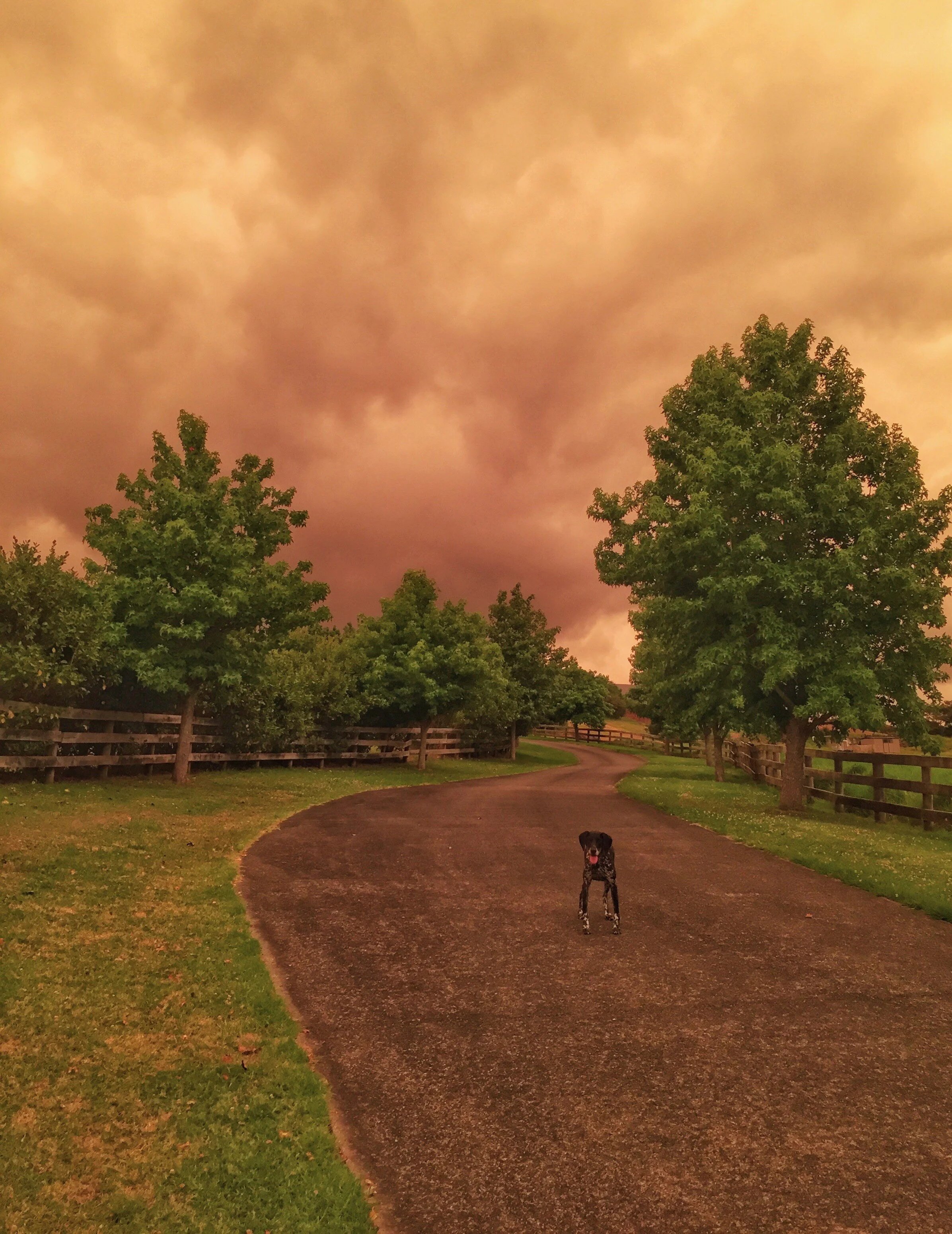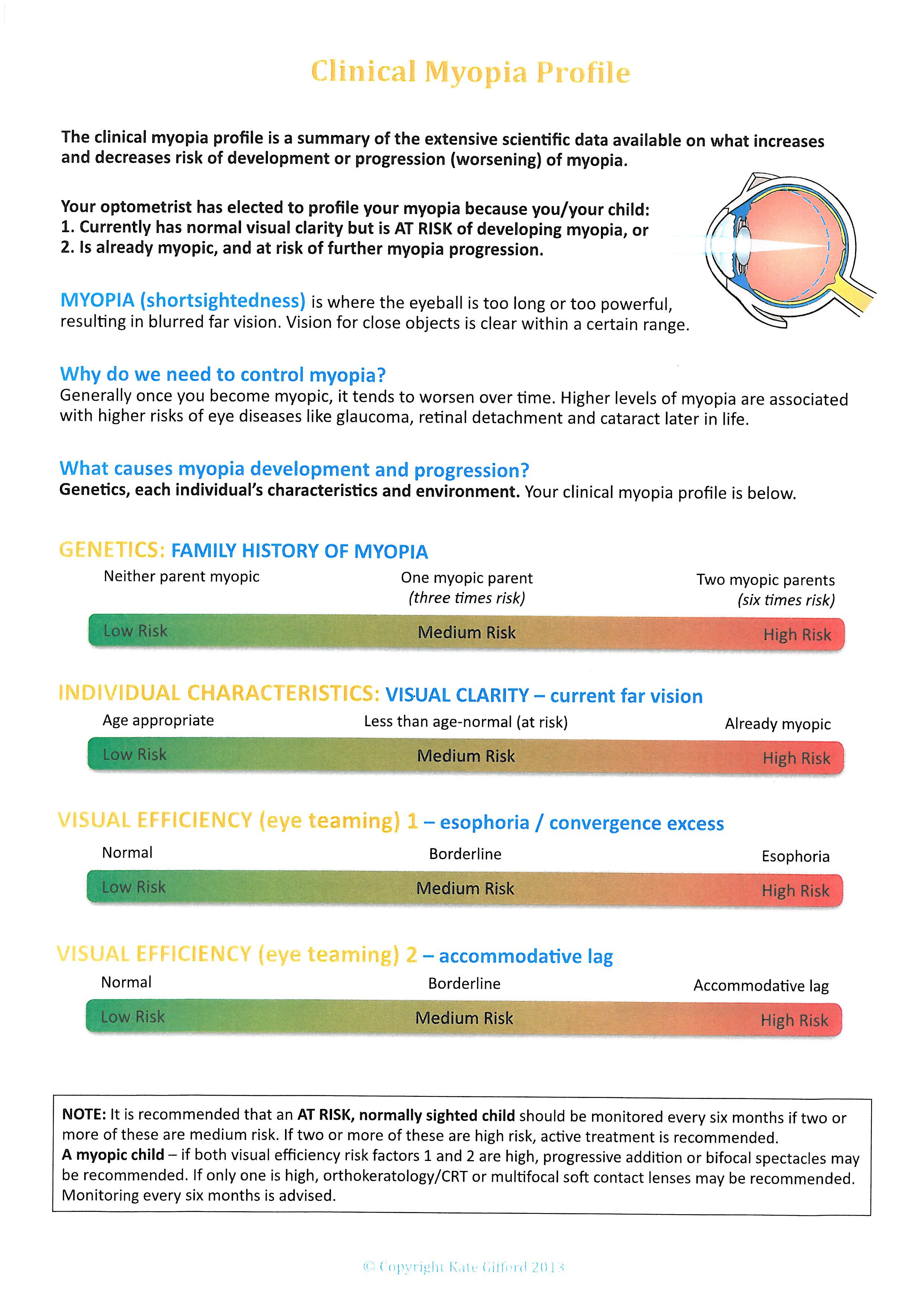It has been reported in The New England Journal of Medicine that looking at your smartphone in bed at night could trigger a temporary loss of vision. Symptoms can be mistaken for a mini-stroke. However experts at Moorfields Eye Hospital have noticed the symptoms, usually lasting around 15 minutes, can be the result of looking at a screen in bed.
Two people attended the neuro-ophthalmology clinic at Moorfields Eye Hospital after experiencing repeated episodes of temporary vision loss which occured at night. All examinations and further tests were normal, including cardiovascular checks.
One case was a 40-year-old woman with a six-month history of recurrent loss of vision in one eye, lasting up to 15 minutes. The results of investigations for a vascular cause were again normal.
These symptoms occurred only after several minutes of viewing a smartphone screen, in the dark, while lying in bed (before going to sleep in the first case and after waking in the second). Symptoms were always in the eye opposite to the side on which the patient was lying.
A consultant neurologist at Moorfields, explained that both people typically looked at their smartphones with only one eye while resting on their side in bed in the dark – their other eye was covered by the pillow. While one eye adapts to the dark, the other gets used to the light of the device. When both eyes are opened, the one that has been staring at the screen cannot cope with the darkness and can experience temporary perceived blindness.
These episodes were ultimately harmless. But it is a good reminder, look at your phone with both eyes!










